Genetic approach
What we know
There is a strong hereditary factor in idiopathic scoliosis. The risk of developing scoliosis in close relatives is 6-11%. Studies show that monozygotic twins have a higher risk of developing scoliosis than dizygotic twins.
Nevertheless, the onset of scoliosis does not follow a classic simple pattern. On the contrary, it is a complex model in which many genes interact and in which the role of the environment in which the child grows up is essential.
In genetics, the concept of environment implies many epigenetic factors: diet, disease, drugs and toxins, stress, place and lifestyle…
Their role is little-known, but the presence of these external factors can condition the onset of the disease.
What we ignore
What role do genetic variants play?
Molecular pathways are difficult to identify
What role does epigenetics play?
What role does the environment play?
What advances were made thanks to the work supported by the Fondation Cotrel?
One of the major discoveries of the researchers supported by the Foundation, the outcome of an unprecedented collaboration between two teams (Professor Patrick Edery in Lyon and Professor Florina Moldovan in Montreal), is the identification of a familial variant of idiopathic scoliosis, in particular the mutation of the POC 5 gene. This work has made it possible to :
- Identify a familial variant
- Codify a centriolar protein
- Highlight the important role of cilia
In a zebrafish model, the expression of this gene has produced fish with scoliotic deformities (albeit without alterations to bone elements).
These results have validated the role of POC5 in the development of idiopathic scoliosis.
Dr Guillaume Dugué’s work (CNRS Paris) began with the mutation of the Poc5 gene, in order to study neurodevelopmental disturbances and determine whether they were at the root of idiopathic scoliosis. This research, carried out on mice with the POC5 gene alteration, established that POC5 is probably essential for cilia formation.
They showed :
- Tissue disorganization in the lung and retina.
- At cellular level: the presence of the mutant POC5 gene induces a reduction in osteoblast cell proliferation (i.e. cells responsible for bone formation) and mineralization.
In the Netherlands, work is in progress by Prof. René Castelein and Steven de Reuver (UCM Utrecht). It focuses on the 22q11.2 deletion syndrome as a new human genetic model for idiopathic scoliosis.
It is based on the fact that the deformation takes place in the intervertebral disc and that this plays an essential role in the initiation and progression of scoliosis.
The team’s hypothesis is that children who develop scoliosis have pre-existing alterations to the intervertebral disc. 50% of patients with 22q deletion syndrome develop scoliosis.
40 children will take part in the study, the results of which are expected in 2028.
Prof. Serge Zakine (Paris Hospitals) and Dr. Laura Marie-Hardy (La Pitié – Salpétrière) are conducting a comprehensive exome analysis of families with idiopathic scoliosis. In other words, the team will study the genetic code of scoliosis patients from the same family.
In Montreal (CHU Sainte Justine, Montreal, Canada), Prof. Alain Moreau’s team is leading an epigenetics project aimed at detecting RNA molecules (microRNA) that can predict the risk of scoliosis progression via blood analysis.
As a result of his work, miR-NORα2 expression is higher in patients with a high risk of deviation progression.
Impact for the patient : The end of preconceived ideas
These advances have put to rest rumours that schoolbags, braces or even racket sports are responsible for the onset of scoliosis.
In addition, the evidence of increased prevalence justifies targeted screening for scoliosis in siblings or in the children of a patient suffering from scoliosis.
Since 2018 the Foundation, notably through the Scolimpiades – combined screening sessions and sports events organized throughout France – has been working to make early, systematic screening more widespread.
Does idiopathic scoliosis remain a vast field of investigation?
So many unanswered questions remain! What causes scoliosis? Why is scoliosis more common in girls than in boys? What determines its location? Why are some more progressive than others? Are there other, currently unknown, associated anomalies? Do balance centers play a role? How can scoliosis be prevented and treated?
Researchers and their works
Pr René Castelein
Laureate 2006, 2017 and 2021
Dr Guillaume Dugué
Laureate 2014
Pr Patrick Edery
Laureate 2005, 2009, 2011 and 2018
Dr Laura Marie-Hardy
Laureate 2019
Pr Nancy Miller
Laureate 2000, 200,3 2006, 2012, 2019 and 2023
Pr Florina Moldovan
Laureate 2005, 2009, 2011, 2015 and 2021
Pr Alain Moreau
Laureate 2001, 2004, 2007, 2015, and 2019
Pr Serge Zakine
Laureate 2019
Dr Steven de Reuver
Laureate 2017
Pr Carol Wise
Lauréate 2002, 2011, 2024


